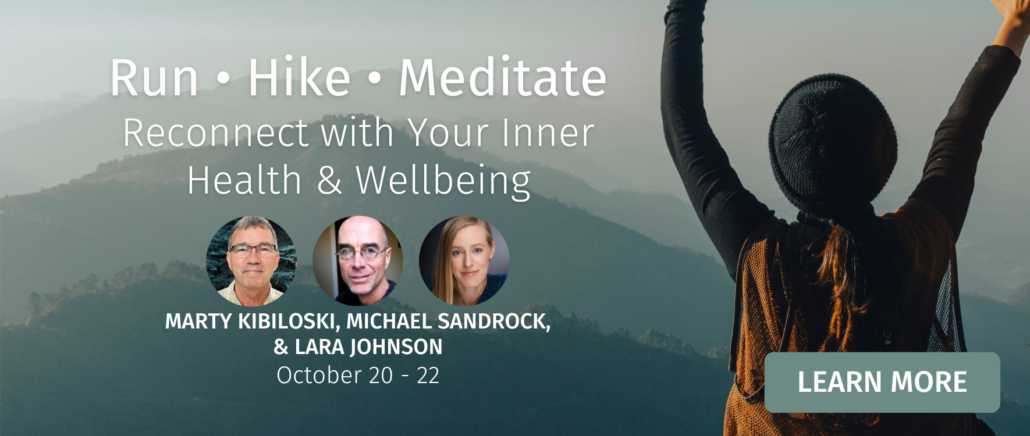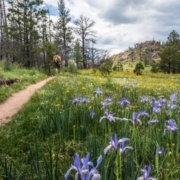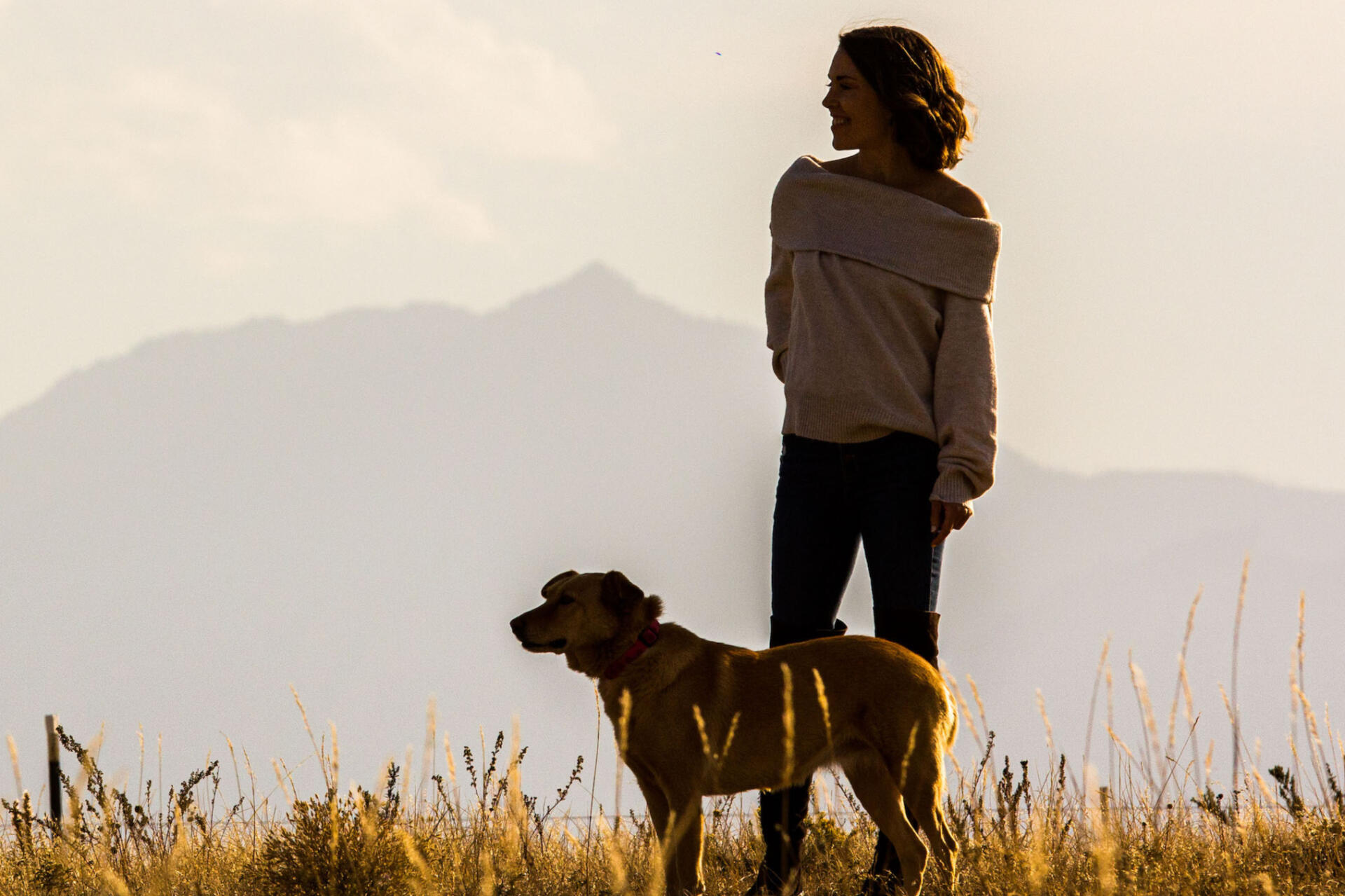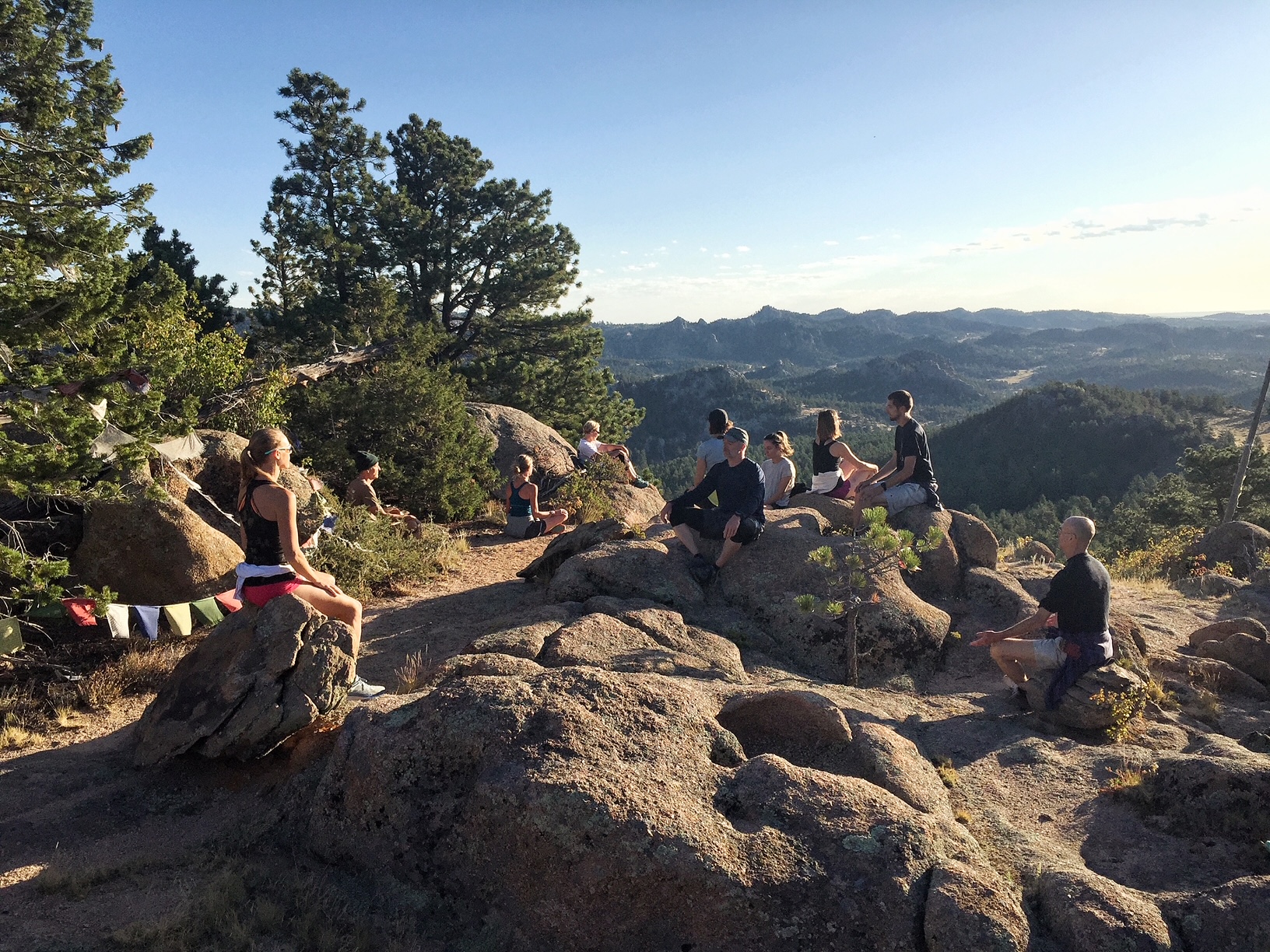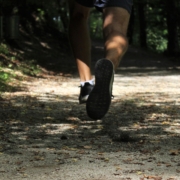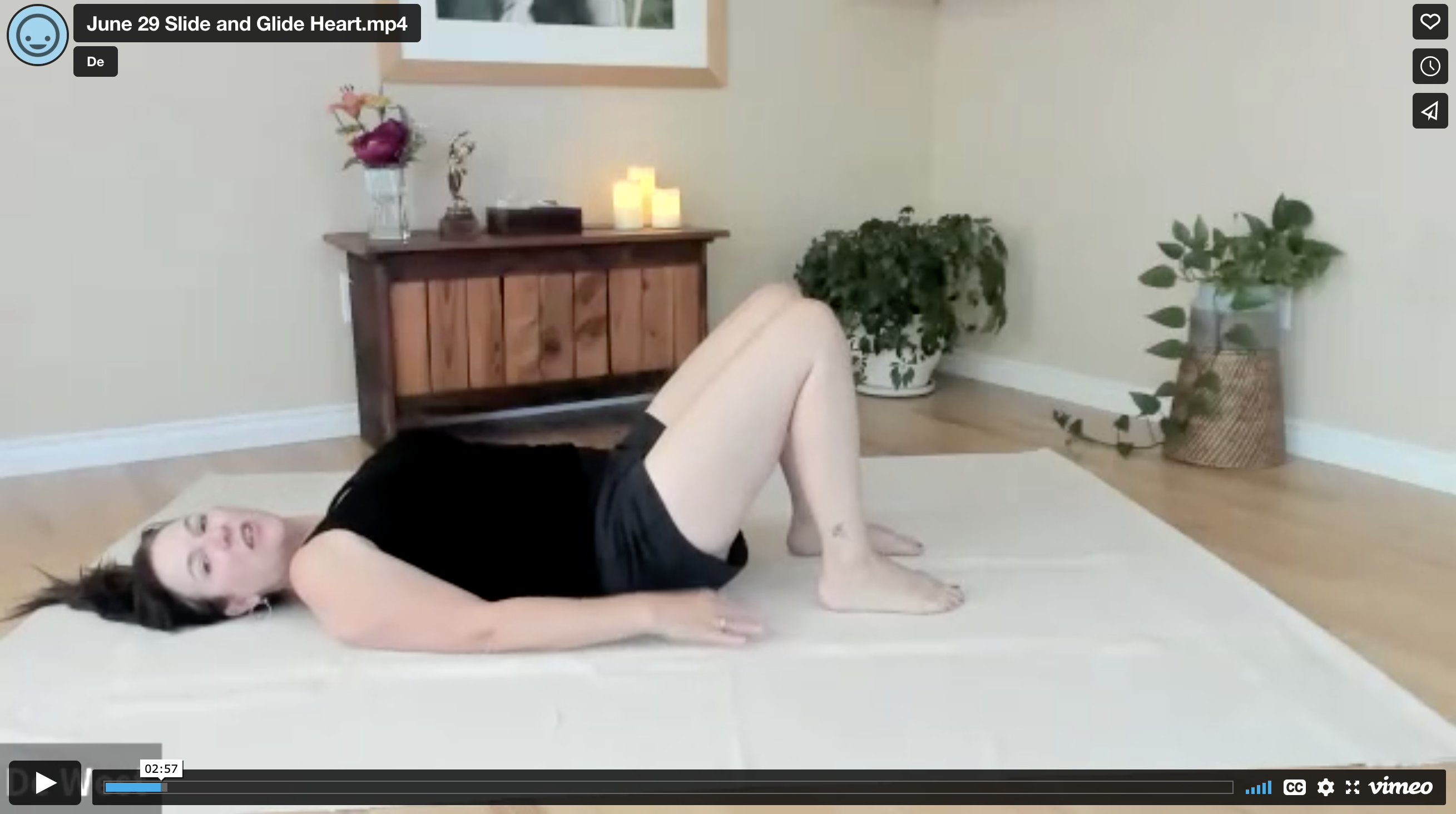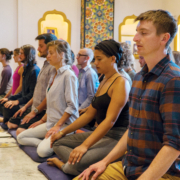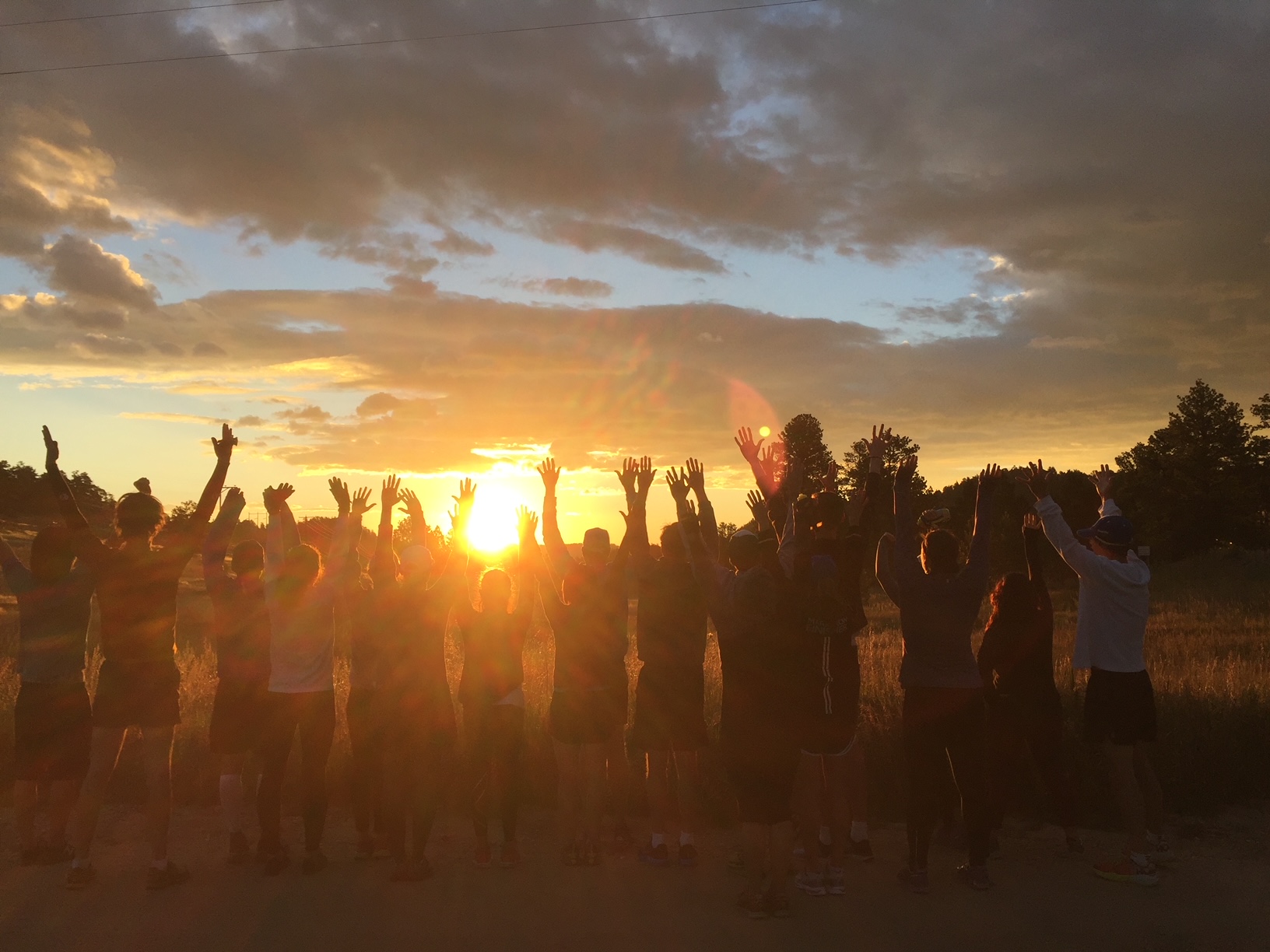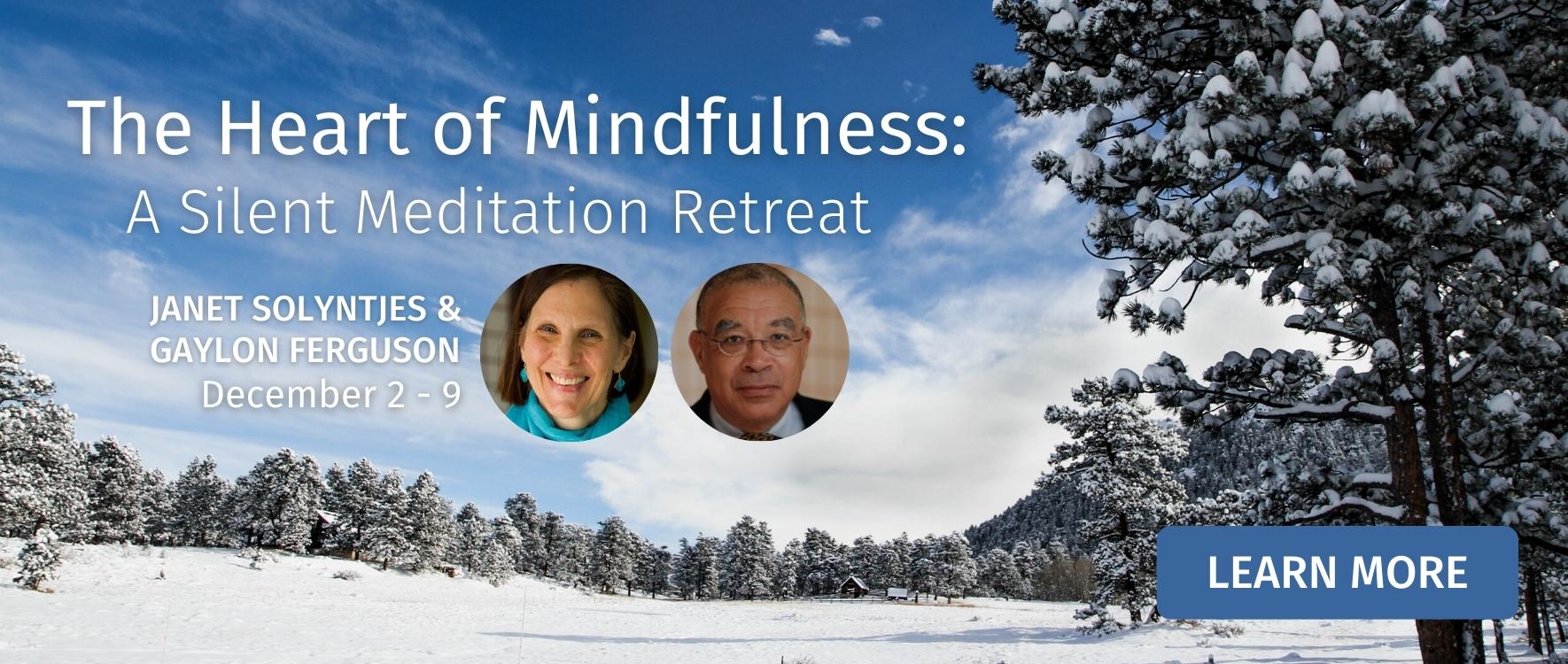Bringing Together East and West, Meditation and Movement
By Michael Sandrock
Leave it to German novelist Herman Hesse to give some great insight into the life of men and women. Hesse, the Nobel Prize winner who influenced many in the 1960s in the era of consciousness-raising, wrote in his 1922 novel “Siddhartha:”
Most people are like a falling leaf that drifts and turns in the air, flutters, and falls to the ground. But a few others are like stars which travel one defined path; no wind reaches them, they have within themselves their guide and path.
How to find your guide and path?
For many of us in the West, it is through athletics and a focus on the body, specifically long-distance running in recent years. In the East, the path included a meditation practice as exemplified by the journey of Siddartha, the future Buddha.
Over the Labor Day weekend, the Drala Mountain Center will once again host a retreat that brings together East and West, meditation and movement, in its “Meditation and Yoga for Runners & Hikers,” one of many DMC programs that all have an overarching goal, according to Dhi Good, communications director:
“Our mission is helping people connect with their innate wisdom,” is how Good explains the center’s goal. “We are always looking outside of ourselves for answers. It is easier to feel the self in nature, and that we do have the answers, and we do know on some level what our truth is.”
The Drala Mountain Center is the ideal place to cultivate a meditation practice to go along with your running and hiking. Do so and you, too, might find that ataraxy the Stoic philosophers recommended and undergo a transformation from “falling leaf” blown this way or that by the “slings and arrows of outrageous fortune,” to becoming a shooting star, centered, grounded, and traveling on the path that is waiting here just for you.
Athletes of all levels, including those at the pinnacle of their sports like Olympic champions, are increasingly acknowledging and addressing their emotional and mental health challenges. Contrary to the common perception that top athletes are always emotionally and mentally robust, recent events have highlighted the reality of their struggles. The 2020 Tokyo Olympics provided prominent examples: gymnast Simone Biles experienced the “twisties” – a disorienting condition in gymnastics – and withdrew from competition due to immense internal pressure. Tennis star Naomi Osaka also made headlines for similar reasons, and professional athletes in football and basketball have been openly discussing their fears, doubts, and anxieties related to competition.
In this context, sprinter Noah Lyles’ achievement at the World Athletics Championships last month was particularly inspiring. After a relatively disappointing performance at the Tokyo Olympics, where he won a bronze medal, Lyles spoke candidly about his self-doubts and mental health struggles. Acknowledging and confronting these issues is an essential step in the healing process. At the World Championships, Lyles excelled, breaking Michael Johnson’s longstanding 200-meter record in the United States and enjoying the process. His journey underscores the importance of addressing mental health in sports and shows how athletes can overcome challenges to achieve great success.
Losing confidence can be overcome
Can we non-Olympians learn from Lyles? Yes, says former 2:23 marathoner turned successful businessman Marty Kibiloski, who co-leads “Meditation and Yoga for Runners & Hikers.” Losing one’s confidence, whether in the midst of a mid-air double twist, on the start line of an Olympic final, or in your quotidian life, can be overcome.
“The true antidote to self doubt is to uncover for each of us the root cause of the self doubt,” Kibiloski says. “Through meditation, we can explore our mind, quiet the self critic and find our answers. By slowing down and examining our motivations, we can uncover what we need to start a new life.”
This year, more than ever, a life renewal is needed, as it seems crisis piles upon crisis. That is why a retreat at Drala Mountain Center is so valuable. It is a safe place to learn habits and techniques that can lead to life transformations by allowing the undertaking of an inner journey, which, it turns out, is just as arduous and important as the outer journey of many miles run.
The Labor Day retreat is always a yearly highlight; it’s a fun way to pass along a bit of what I’ve learned, meet new, like-minded friends, run, hike and practice yoga and meditation in a beautiful, high Rocky Mountain valley. “It’s a very supportive environment,” said Good.
Synchronize body and mind
That support can be very helpful in “getting to the mat” and starting a meditation practice, since sitting still is often anathema for runners; we typically focus on the body and forget about the mind. Maintaining a regular meditation practice – it’s not hard, really! – is a way to synchronize mind and body, says Good. Doing so in a group setting can be powerful. That is how I learned originally. Having like-minded friends right alongside you, for a long run, or a meditation session, sure makes the journey easier.
Join Michael, Marty and Lara this October!
About Michael Sandrock



